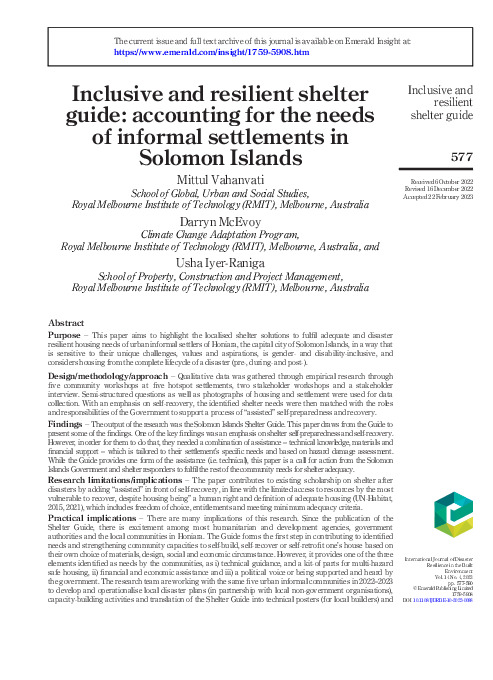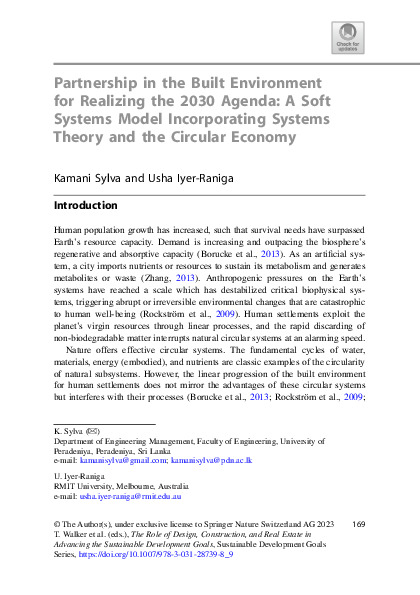Residential building sustainability rating tools in Australia
The residential building sector is a significant contributor to carbon footprint and climate change. This is primarily due to operational energy consumption derived from fossil fuels, and the impact of embodied carbon in materials that are used in construction and maintenance during a building’s life cycle. In the context of transitioning to a low or zero-carbon housing future, building rating tools will play a critical role in improving the environmental performance of new and existing housing.
This note examines key residential rating tools relevant to the Australian context, including some international tools. It aims to provide design practitioners with an understanding of these tools, including considerations to identify where best to apply them in the design process. This note updates information from earlier articles (Iyer-Raniga et al. 2007; Iyer-Raniga et al. 2014).
A case study written by Sarah Lebner, Cooee Architecture, is included in Appendix B of the note to highlight how project optimisation was applied to a house renovation.
Tools examined include: AccuRate Home, BASIX, BERS Pro, BESS, eTool, FirstRate5, Green Star, HERO, NABERS, BREEAM, LEED, Living Building Challenge and Passivhaus.
Professor Usha Iyer-Raniga is at the School of Property and Construction Management at RMIT University. Usha is co-leading the One Planet Network’s Sustainable Buildings and Construction Programme (SBC), United Nations 10 Year Framework of Programmes on Sustainable Consumption and Production (UN 10FYP SCP) aligned with Sustainable Development Goal 12, as well as the newly formed Integrated Platform for Circular Economy, Climate Resilience, and Energy. This paper is directly related to the work of the UN OPN SBC programme.


